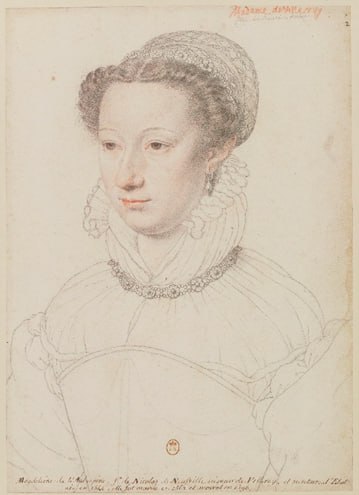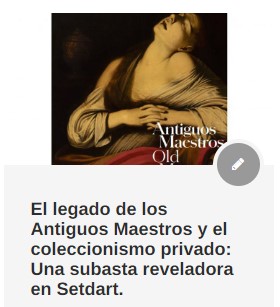Madeleine l'Auberpine, Renaissance Woman: Witness to Elegance and Power at the 16th Century French Court
In the tumultuous landscape of the 16th century, one female figure stands out as a beacon of stability and grace amidst religious strife, constant warfare and shifting alliances between monarchs. This immutable woman is Queen Catherine de Medici, a dominant force who held the throne of France for nearly four decades. However, in the shadows of the powerful queen, another equally fascinating figure emerges: Madeleine l’Auberpine, known as Madame de Villeroy, the subject of the portrait attributed to the renowned François Clouet, court painter and favourite portraitist of the most exclusive aristocratic circles of his time, which Setdart is privileged to present at the Old Masters auction on 13 December.

Villeroy, brought up in the distinguished family of the Barons Châteauneuf and married to Nicolas Neufville, Secretary of State, was at the epicentre of the court’s most momentous decisions. Although Catherine de Medici’s influence tended to overshadow those around her, Villeroy did not fade into obscurity. Rather, her active participation in court life and her privileged position made her an important figure in Renaissance France.
Madame de Villeroy’s literary salon was a meeting place for artists, poets, writers and philosophers, making it one of the most appreciated of the time. Although we do not know the depth of her influence on political decisions, her environment and the people who were part of her life defined Renaissance France. Her father and husband, both secretaries of state, are evidence of Villeroy’s direct connection to political power.

Beyond her role as a witness to events, Madeleine l’Auberpine was a cultivated and talented woman, embodying the spirit of the Renaissance. Her humanist thinking is reflected in her novels and poems, characterised by a refined and descriptive style. She was an active advocate of humanist and aesthetic values, contributing significantly to the shaping of French society at the time.
The legacy of Madeleine l’Auberpine, Madame de Villeroy, endures in the collective memory as a multifaceted woman whose impact spanned from literary salons to politics, consolidating her position as one of the most important women of her time and a true “homo universalis” of the Renaissance.”





